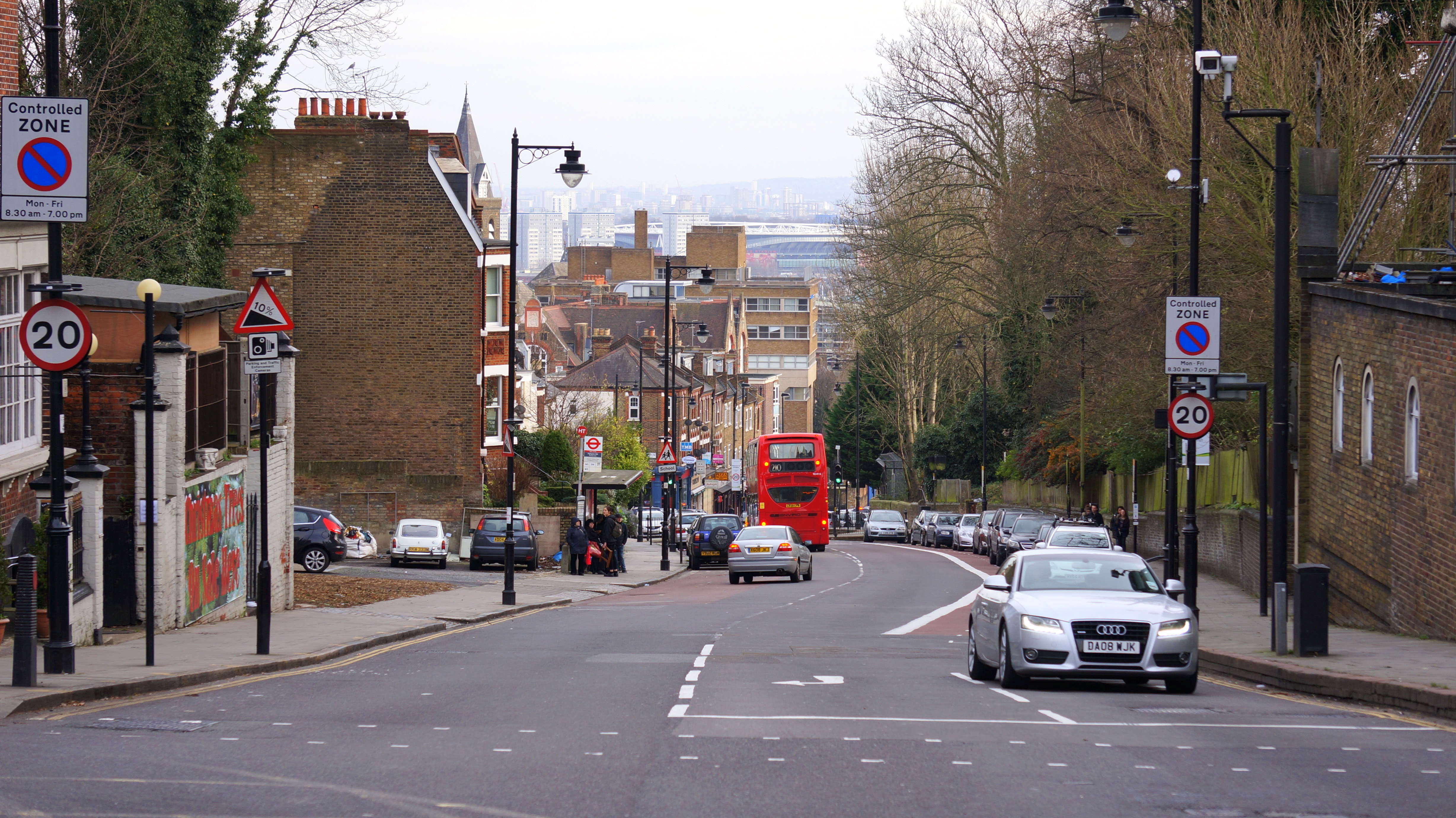This chapter is part of our guide to making the case for community-led housing on public land. Making the case1. The context: legislation and regulations2. Addressing the ‘best consideration’ requirement – and winning3. Case studies4. Building an evidence base5. Backing up your arguments This section provides case studies which show how ‘best value’ stunts affordable housing developments, and how it can be challenged 1. Transport for London (TfL) When Sadiq Khan, the Mayor of London, introduced his policy of using the revised London Plan to ensure that 50% of all new homes developed in London are affordable, he found himself up against the ‘best consideration’ requirement. Prioritising affordable housing on TfL land
Topics:
neweconomics considers the following as important:
This could be interesting, too:
Robert Vienneau writes Austrian Capital Theory And Triple-Switching In The Corn-Tractor Model
Mike Norman writes The Accursed Tariffs — NeilW
Mike Norman writes IRS has agreed to share migrants’ tax information with ICE
Mike Norman writes Trump’s “Liberation Day”: Another PR Gag, or Global Reorientation Turning Point? — Simplicius
This chapter is part of our guide to making the case for community-led housing on public land.
Making the case
1. The context: legislation and regulations
2. Addressing the ‘best consideration’ requirement – and winning
3. Case studies
4. Building an evidence base
5. Backing up your arguments
This section provides case studies which show how ‘best value’ stunts affordable housing developments, and how it can be challenged
1. Transport for London (TfL)
When Sadiq Khan, the Mayor of London, introduced his policy of using the revised London Plan to ensure that 50% of all new homes developed in London are affordable, he found himself up against the ‘best consideration’ requirement. Prioritising affordable housing on TfL land had been a critical part of the Mayor’s plan to meet this target, but it hit the buffers because it meant that the land would not be sold for the maximum possible financial return. Since TfL is not a local authority, they cannot use the powers to promote wellbeing or of general competence [LINK to section 1] to consider factors other than maximising receipts.
2. StART Haringey, London
The Barnet, Enfield, and Haringey Mental Health Trust has plans to sell off a local hospital site for private housing development. The news that the developers planned to build just 450 homes, of which only 14% would be affordable, was not well-received locally. Public land was going to be sold off with little community benefit, in a London borough with a severe housing crisis. Local community group StART Haringey began a campaign to challenge the developer’s plans.
They are making the case for a community-owned scheme to be developed, that delivers more genuinely affordable homes, with prices linked to local incomes. The site would provide a range of wider social benefits, not necessarily in the area’s Local Plan, but meeting needs and priorities identified by the community. In making their case, StART know they cannot compete with a private developer on short term financial gain. The developer can afford to offer a much higher purchasing price, with plans to develop as much high value housing as possible to cover costs and make a profit.
However, it is in fact possible for a community organisation, in partnership with a long-term equity investor like a pension fund, to match a short term offer. This is because the Net Present Value of the revenues from rent over many decades would often exceed the capital value based on short term assessments of costs and values. However, few public landowning bodies appreciate this, or are familiar enough with the procurement process to make these kinds of comparisons.
Given that the Mental Health Trust needs to receive a financial return for the land quite early in the redevelopment process, to re-provide their mental in-patient unit, StART are campaigning for the Greater London Authority (GLA) to acquire the land. The GLA would be better placed and more experienced to manage this procurement process, and could also choose to incorporate StART as named partner in the procurement. This would help the London Mayor meet his election campaign commitment to develop 1000 Community Land Trust units in his first term.

3. Laurence Weston, Bristol
Bristol City Council planned to sell off a large council estate in Lawrence Weston to the highest bidder. However, following community opposition to the plans and a change in City Council leadership, the plans have been dropped in favour of the development of affordable and community-led housing. A Neighbourhood plan for the area sets out ambitions to work with the community to avoid selling the land to private developers; to develop community housing and local amenities; and to identify other Council land where housing might be built.
The project has been supported by the One Public Estate programme, under the condition that development plans would increase the efficient use of local buildings and services. This condition was met by making the case for a new community hub which would re-house and centralise local services. The community plans to develop 125 year leases for two sites, for ‘less than best consideration’.
This guide was created with the generous support of the Nationwide Foundation.

